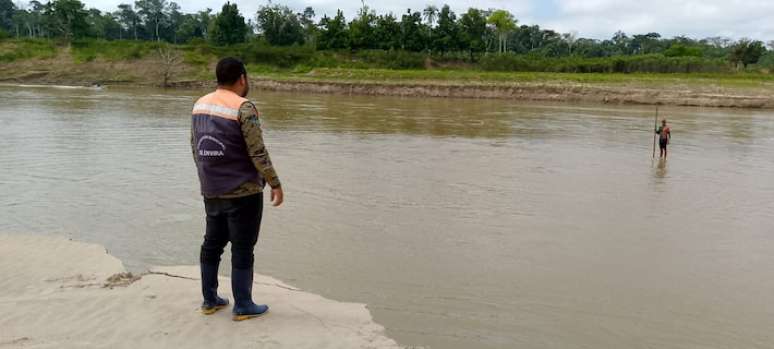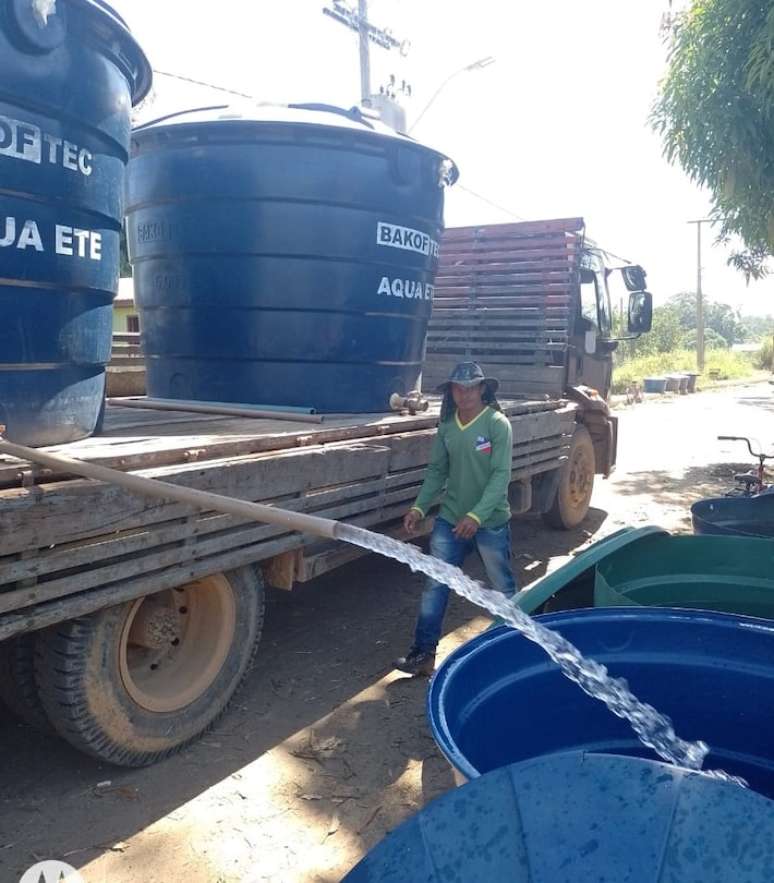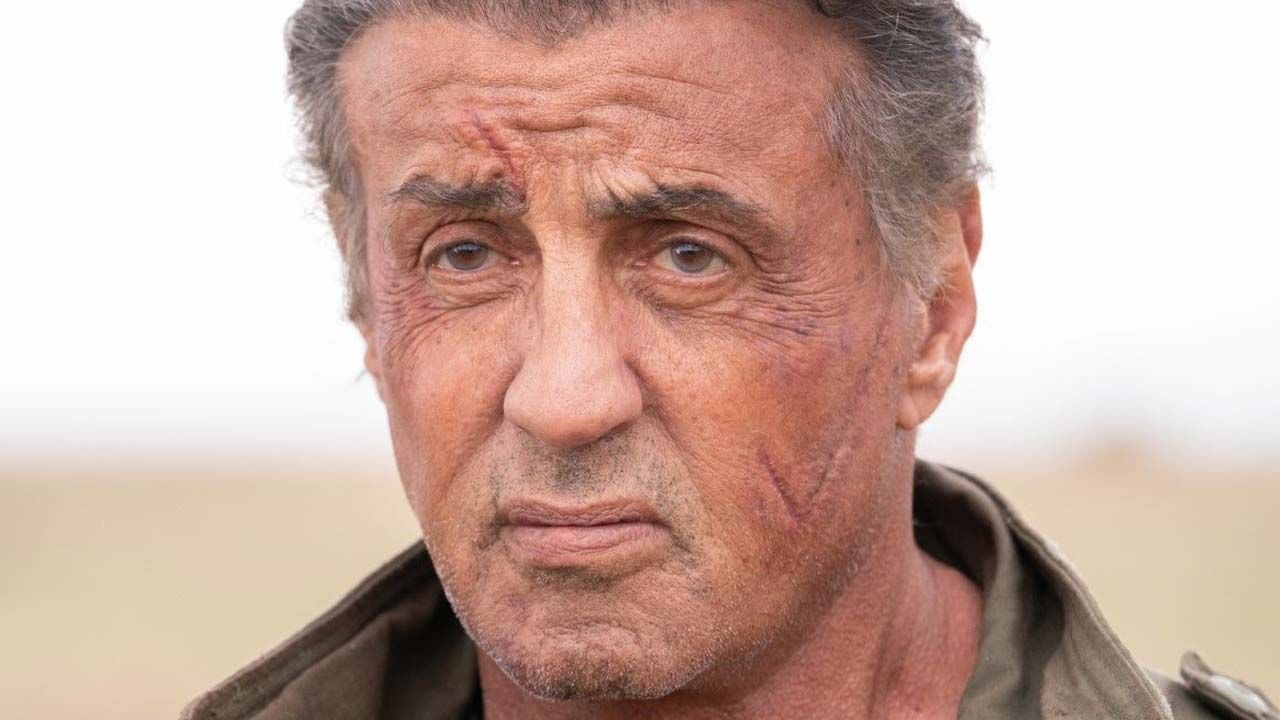The government of the state of Amazonas has declared a state of emergency in 20 municipalities due to the lack of rain
An improvised truck with two water tanks was used to quench the thirst of at least 7,000 people living in drought-stricken neighborhoods in the municipality of Envira, in Amazon1,200 kilometers from the capital Manaus. The dry period in the Amazon began at the end of last month and will last until early November. To date, the state government has already declared a state of emergency in 20 municipalities.
According to Civil Protection Envira, one of the four wells that supply the city has dried up, causing rationing. The truck distributed up to 30,000 liters of water in three affected neighborhoods, from Monday to Friday. The water tanks, however, have a capacity of only 10,000 liters. This requires three trips a day in each neighborhood.
“We started with water distribution on Mondays, Wednesdays and Fridays, but given the demand, we are now continuing every working day of the week. Based on our program, we are considering adding another neighborhood to the list,” the department secretary told StateIsmael Dutra.
Another concern for the municipality is food supply. More than half of the municipality’s commercial sector is supplied by the municipality of Feijó (AC), with goods transported by the Envira River. “Today the river measures 1.15 meters at the mouth of the Jurupari and boats can no longer reach it,” comments the director.
Lack of medicines in rural areas
In 2023, according to the manager, the peak of drought in the region occurred in September. This year, the most critical scenario is already visible now, when not only is there a lack of water in the urban area of the municipality, but also food and medicine for the rural area.
“We have been asking for at least two months that the residents along the river move to the municipality headquarters during the drought, because it is very difficult to reach these places. Some communities are already isolated. The most critical situation is food, because they cannot fish, they lose their crops due to lack of water and they cannot go to the headquarters to buy food”, describes the secretary.
According to him, in addition to the 7,000 people affected in urban areas, there are another 3,000 affected by drought in rural areas, including traditional populations. The total (10,000) already represents more than half of the municipality’s population (17,000), according to the 2022 census of the Brazilian Institute of Geography and Statistics (IBGE).
One of the isolated communities is the village of Macapá, on the Acuraua River, which is home to about 500 indigenous people of the Kulina people. “We cannot help all the communities and we need the help of the governments. The village of Macapá, for example. Before, it took 4 hours to get there. Today, that same distance can be covered in three days with a small canoe that can only hold two people,” comments Ismael.
Historic water crisis
Last year’s historic drought affected more than 600,000 people in the state of Amazonas alone, where all 62 municipalities have declared a state of emergency. For him, who is asking for help, this year’s scenario is already shaping up to be a humanitarian crisis.
“I’m 33 years old and I’ve never seen anything like this. My mother, who is 64, says the same thing. Seeing our rivers so dry is something that really touches us. It’s a humanitarian crisis similar to the one the country is going through. We’ve seen it in Rio Grande do Sul. We are the last municipality in the Amazon, we are very far from the capital and we are not used to seeing these phenomena,” he said. State Envira’s Civil Protection Secretary, Ismael Dutra.
Since late last year, institutions that monitor the Amazon basin have been warning of the risk of a drought as severe as the one in 2023 being repeated this year. Earlier this month, the Management and Operations Center of the Amazon Protection System (Censipam) estimated that river levels could approach or exceed historic lows at 14 stations in the region, affecting the Madeira, Mearin, Negro, Solimões, Tapajós and Tocantins/Araguai rivers.
“We will most likely have a very significant drought period, similar to what happened in 2023, when the largest drought in the history of the region occurred, considering that the values of the quotas, at this moment, are lower than the levels recorded in the past year”, said Censipam analyst Flavio Altieri, during the communication of the prognosis.
As of Wednesday 17, the Negro River, in Manaus, measured 26.17 meters. The level is more than one meter below the level observed in other years for the month of July. The level was also lower than that measured on the same day last year, when the level reached 27.46 meters on July 17.
State of emergency in 20 municipalities
On July 5, the Amazon government established the Committee to Combat Drought and declared a state of emergency in 20 municipalities, all located in the Solimões, Juruá and Purus riverbeds. Another decree placed 22 municipalities and the Manaus metropolitan region in an “environmental emergency situation.”
“We anticipated it. Last year we brought this learning, for example, the basic food basket, water and filters, all of this already has a tender procedure,” said Governor Wilson Lima (União Brasil) in the press conference announcing the measures.
Last year’s drought in the Amazon isolated communities along the river and caused a lack of clean water, food and medicine. The municipality of Rio Preto da Eva, in the Manaus metropolitan region, had to ration water. The city of São Gabriel da Cachoeira, 852 kilometers from the capital, rationed electricity.
According to the Amazonas Industries Center (Cieam), the Manaus free trade zone, the state’s main economic engine, recorded an additional expenditure of more than R$ 1 billion for transportation. Most of the inputs used in the factories are imported from Asian countries and arrive at the industrial hub by naval transport.


Source: Terra
Rose James is a Gossipify movie and series reviewer known for her in-depth analysis and unique perspective on the latest releases. With a background in film studies, she provides engaging and informative reviews, and keeps readers up to date with industry trends and emerging talents.





